Much of the focus on Crossrail thus far has been firmly on the progress made below ground, as the route’s central portions built deep below London have marched on towards completion.
It’s not difficult to see why much of the public interest has been channelled underground, despite the tunnels accounting for less than a quarter of the total route mileage.
Thirteen miles of new twin-tunnels connecting principal stations including Liverpool Street, Canary Wharf and Bond Street is an engineering feat to be marvelled at, and the sort of flagship project seldom seen in 21st century Britain.
Eight tunnel boring machines, named by public vote after respected female figures including Jessica Ennis-Hill and Queens Elizabeth II and Victoria, have dug their way to stardom at depths of up to 42 metres since they broke the first soil in May 2012. Physical work on the project had started three years earlier, and included preparatory work for the rebuilding of Tottenham Court Road station and piling work at Canary Wharf.
The completion of the tunnelling phase last summer (RAIL 777) revealed some impressive statistics, including the laying of 200,000 concrete tunnel segments, 3.4 million tonnes of excavated spoil, and 70 million work hours.
The passing of this milestone achievement was even marked by Prime Minister David Cameron’s visit on June 4 2015 to Farringdon, where the final breakthrough had been made a few days earlier.
In the intervening seven months, work has continued apace to lay track and to make ready stations along the covered route for their final fitting out of signalling, communications equipment, overhead wiring and tunnel ventilation. Services will begin running in these sections in 2018, and across the full east-west route in December 2019.
Crossrail Ltd, a fully owned subsidiary of Transport for London, is responsible for the delivery of these 26 subterranean miles - its remit lies between the tunnel portals near Paddington, Stratford and Victoria Dock, plus two shorter tunnels between Woolwich and Plumstead, and Connaught in London’s Docklands.
But the rest (and majority) of the route falls under the auspices of Network Rail, which must deliver more than 60 route miles along large stretches of the Great Western Main Line (GWML) between Paddington and Reading, and the Great Eastern Main Line between Stratford and Shenfield. Almost two miles of brand new railway is also being constructed between the portal at Plumstead and a new terminus at Abbey Wood.
NR has been allocated £2.3 billion of Crossrail’s total £14.9bn budget to deliver its part of the project - laying new track, upgrading 43 miles of existing lines, and improving 29 stations either side of the tunnels. Leading NR’s contribution to one of Europe’s largest construction projects is Programme Director Matthew Steele. He spoke with RAIL at his office near Paddington station just before Christmas, as the final preparations were being made for major track possessions over the festive period.
Steele previously worked with Metronet Rail, Angel Trains and Bombardier. Prior to joining NR in September 2013, he had worked for London Underground for six years as head of power, communications and cooling upgrades. NR then deployed him as programme director for its £1.8bn FTN/GSM-R programme to deliver an integrated train-to-train telecommunications system across the entire network.
Despite being carried out above ground and largely along existing routes, the work being done on the surface sections is nevertheless complex. And it has now reached its own milestone of being 50% complete, and entirely to schedule.
“We deal with improvements to the existing railway, either side of the tunnels, and I am in overall charge of that,” Steele explains.
“There are three big challenges that come with that: integrating multi-disciplinary work together; doing all the work around the operational railway; and, as we do all that in a hazardous environment, making sure our passengers and staff are kept safe.
“We are doing this on two of the busiest routes into London. They are extremely busy commuter and long-distance routes, and to build Crossrail around those is a huge challenge.”
Multi-disciplinary it certainly is. In addition to trackwork, Steele and his 3,000-strong team of engineers and subcontractors must resignal the entire route to increase capacity, install overhead wires beyond their current limit at Heathrow (Stockley) Junction to Reading, and extend existing platforms to accommodate new 240-metre trains.
NR teams have also built two large structures in west London to grade separate bottleneck junctions and to reduce conflicting movements once Crossrail traffic is added to the already intensively used inter-city and suburban routes.
The Acton dive-under will remove the need for trains leaving Acton Freight Yard to cross any of the main lines into London Paddington, while the Stockley flyover will enable more Heathrow trains to join the GWML Down lines without interfering with Up traffic, releasing the extra capacity needed to accommodate up to ten Crossrail services per hour in each direction over this part of the line.
“Stockley and Acton major civil works are nearing completion,” adds Steele. “The final stages will be brought in next Christmas (2016), but the big flyover was brought in last Christmas (2014) at Stockley. And the dive-under is now complete, and we are fitting that out with track. To build the dive-under we had to move an entire freight depot north by about ten metres, track by track.
“Work is well under way at all stations on the route, and we resignalled between Heathrow Junction and Maidenhead last Easter. At Abbey Wood we’ve done all of the groundworks and the platforms are starting to come out of the ground, ready for the final building to go over it.”
Steele is excited that the surface project is now entering a more tangible phase, during which work will begin on constructing the directly customer-facing infrastructure and the 29 station upgrades will step up a gear. Nine are being completely rebuilt and 16 are undergoing platform extensions.
At Abbey Wood, the original station has been demolished and North Kent lines moved southward to make space for two dedicated Crossrail tracks. A new two-level station is under construction and will open in 2017 with two island platforms - one to serve Crossrail lying beneath another for North Kent services.
Says Steele: “Much of the work has been quite hidden and it only starts to become real for passengers when they see their station starting to change quite a bit. On the western section out of Paddington you have four or five really big station upgrades at busy places such as Ealing Broadway.
“Until now people have just seen lots of large hoardings, but when they see the stations materialising, particularly at Abbey Wood, that’s when it becomes real.
“We’ve had to wait until track and signal work is done first, but if you went out to the east you would already see platform extensions, while in the west station canopies are beginning to take shape and we have started to demolish some of the older buildings.”
Even so, despite the advanced stage of the entire Crossrail project, possessions must continue for another 18 months as trackwork enters into its final stages.
An inevitable symptom of working with existing railway, Steele says that NR is acutely aware of how Crossrail construction has affected passengers, and much work is done behind the scenes to minimise the level of disruption.
The latest possession over the festive period enabled £60 million worth of engineering projects to be completed between Paddington and Slough, but required a full closure of the line from December 24-29, and a partial closure from December 29 to January 4. Between Ilford and Shenfield full closures took place on December 24-29 and January 1-4 to upgrade overhead wiring.
Steele stresses the need for passengers to be mindful of the significant benefits Crossrail will bring when travelling to or across central London, once the short-term pain is over.
“A successful weekend for us is when nobody knows you’ve been there and passengers see a normal passenger service on a Monday morning after we’ve had 600-800 people out there.
“We work really hard with our train operating colleagues - for example, Great Western Railway and Heathrow Express - to make sure we still provide the best service. This might mean keeping two tracks open in four-track sections, where possible.
“People need to recognise the benefits of Crossrail long term. Everybody living to the west or east of London has become used to Paddington or Liverpool Street being their terminus stations, but Crossrail will allow them to travel right into the heart of London.
“And it will make a massive difference even if you never get on a Crossrail train from Reading, Ilford or Romford, because once you change to the Underground, the Tube station will be less congested.”
Steele says the programme has brought structural benefits to Network Rail as well, through its close collaboration with Crossrail Ltd, Transport for London and the Department for Transport.
He also applauds NR for its Crossrail apprenticeship programme, which has created 450 roles and looks set to leave a legacy of a skilled workforce for many years to come. Crossrail has also participated in the Construction Youth Trust’s Budding Brunel programme, which allows school leavers to experience working on the railway during three-day placements, thus increasing their employability.
“We have built upon our expertise in delivering major programmes. Obviously we deliver Thameslink with other parties and this project was set up largely in the same way, but we have an additional interface with Crossrail Ltd, DfT and TfL. We have a protocol that lays out how we work together which we will regard as successful, and the knowledge transfer between the projects has been positive as well.
“Skills-wise it has been very important, and we have set up an apprenticeship programme with our suppliers. We also deliver the Budding Brunel scheme, which we are really proud of, and have put 140 students through site visits and work experience.”
Steele’s job may well be complete by the time the first services run all the way from Reading through to Shenfield or Abbey Wood by the end of the decade. But its hallmarks will be visible for a great deal longer.
- This feature was published in RAIL 792 on January 20 2016

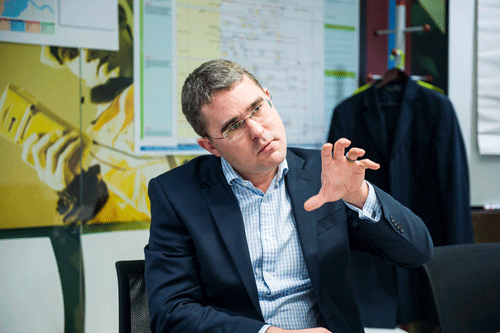
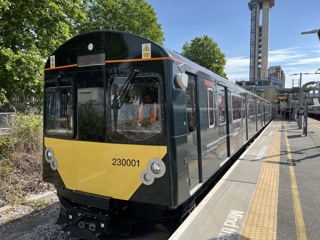
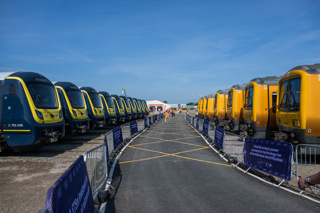
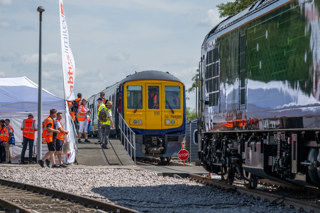
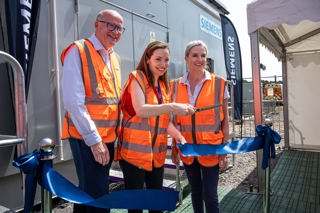
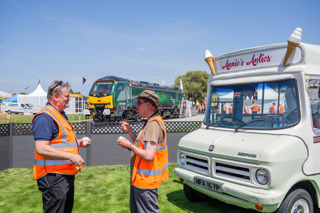







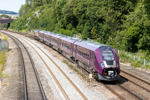



Login to comment
Comments
No comments have been made yet.